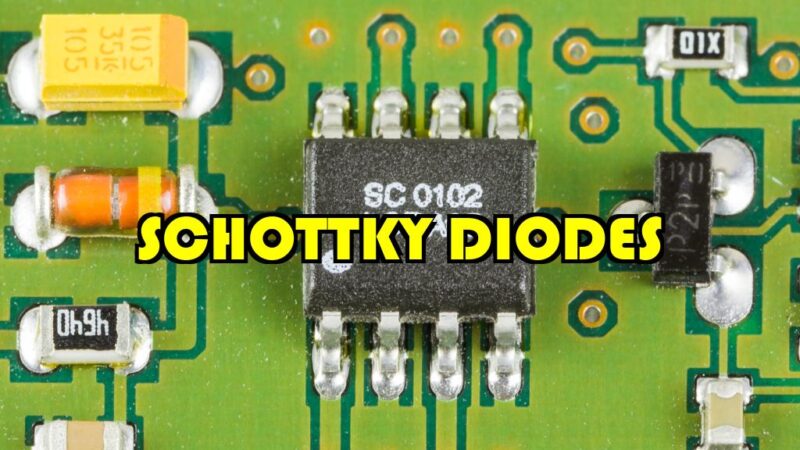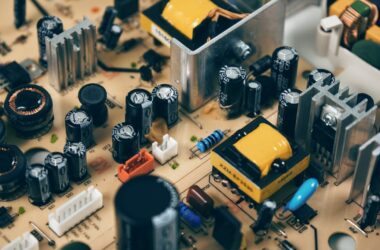Schottky diodes, also known as hot-carrier diodes, play a crucial role in modern electronics due to their unique characteristics and applications. Named after the physicist Walter H. Schottky, these diodes offer advantages in terms of high switching speeds, low forward voltage drop, and minimal recovery time. This article aims to provide a comprehensive guide to (SD), covering their construction, working principle, applications, and key considerations.
Construction and Structure:
Schottky diodes are formed by the junction of a metal and a semiconductor material. Unlike traditional P-N junction diodes use metal-semiconductor junctions. The metal side acts as the anode, and the semiconductor side serves as the cathode. The metal-semiconductor junction results in a lower forward voltage drop compared to traditional diodes.
Working Principle:
The key principle behind Schottky diodes is the Schottky barrier, which forms at the metal-semiconductor junction. This barrier prevents the flow of electrons from the metal to the semiconductor. When a forward bias is applied (positive voltage on the metal side), the barrier height decreases, allowing electrons to flow more easily across the junction. This low barrier height results in a lower forward voltage drop compared to conventional diodes.
Advantages of Schottky Diodes:
Low Forward Voltage Drop:
It’s exhibit a lower forward voltage drop (typically 0.3V to 0.5V) compared to silicon diodes, leading to reduced power losses and increased efficiency.
High Switching Speeds:
The absence of minority carrier storage time in Schottky diodes contributes to faster switching speeds, making them ideal for high-frequency applications.
Minimal Recovery Time:
Schottky diodes have a rapid recovery time, allowing them to quickly transition between the conducting and non-conducting states during switching.
Temperature Stability:
Schottky diodes generally exhibit better temperature stability compared to traditional diodes, making them suitable for a wide range of operating conditions.
ALSO READ: Circuit Board Printer: Deep Explanation 2024
Applications:
Rectification:
Schottky diodes are commonly used in rectifier circuits to convert alternating current (AC) to direct current (DC) due to their low forward voltage drop.
Power Supplies:
Their fast switching characteristics make (SD) suitable for use in switching power supplies.
Voltage Clamping:
Schottky diodes are employed in voltage clamping applications to protect sensitive electronic components from voltage spikes.
RF Applications:
The high switching speeds of (SD) make them suitable for radio frequency (RF) applications, such as mixers and detectors.
Considerations and Limitations:
Reverse Voltage Limit:
Schottky diodes have a limited reverse voltage tolerance, and exceeding this limit can lead to breakdown.
Temperature Sensitivity:
While generally more temperature-stable than some diodes, (SD) can still be sensitive to temperature variations.
Higher Leakage Current:
Schottky diodes may exhibit higher reverse leakage current compared to traditional diodes, which needs to be considered in certain applications.
Conclusion:
Schottky diodes are indispensable components in modern electronics, offering a balance of speed, efficiency, and low forward voltage drop. Their applications range from power supplies to RF circuits, making them a versatile choice for engineers and designers. Understanding the construction, working principle, and considerations of it’s essential for their optimal use in various electronic circuits.









